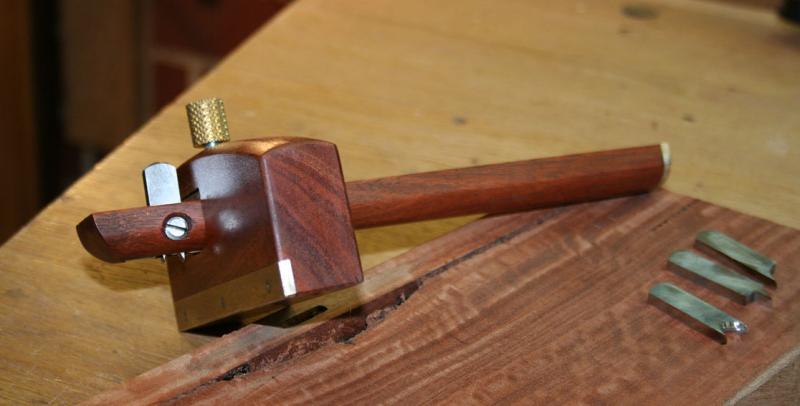I've been out of action for a week or two, so missed this thread until today.
Well, Jacob, I do like your selection - and agree the two cutting gauges are not exactly an everyday need, especially with the wedges which are a pain to set. I am with you, the old ones do what they are meant to do without any fuss (bit like many old codgers I suppose). I am not in the financial position to buy any new fangled toys to throw away so did not even know about a three screw unreliable Veritas one, but my old ones do the job well - although I could do with a mortice gauge with the screw adjustment for the second pin as it does make setting easier.
Now off to the garage to linseed oil my old ones, perhaps that will mean they will not have the problem of getting tight in the winter, here on the flats of Lincolnshire humidity is more of an issue than in many places I have lived.


































